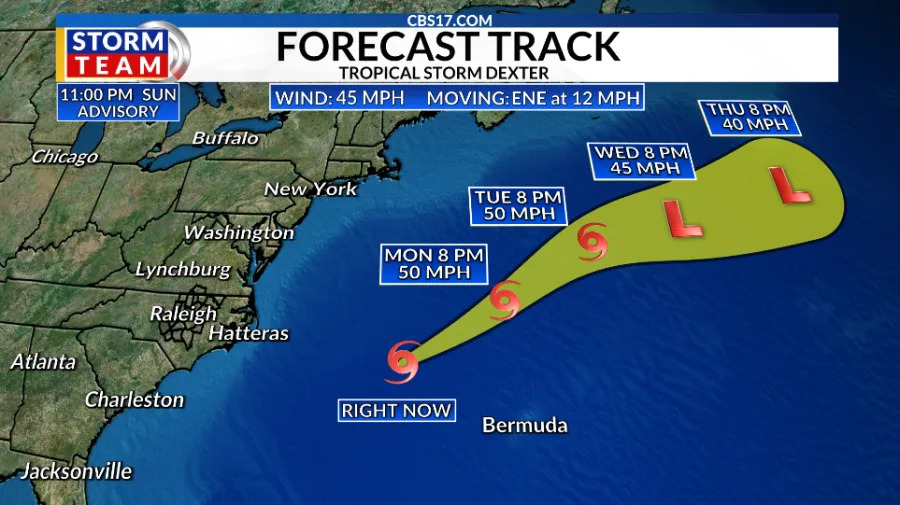If you grew up in Texas, chances are you've run into pesky bugs like mosquitoes, tussock moth caterpillars and fire ants.
But have you ever come across a rattlesnake or a coyote?
Being the second largest state, Texas is also the home to several deadly creatures. Here are 11 you need to watch out for next time you're outdoors — or even in your home.
Alligators

Alligators are powerful predators that people must avoid. These deadly creatures can reach sometimes more than 10 feet long, and they possess immense strength and a mean bite. Never attempt to feed or provoke these wild animals, or you may be perceived as a threat by them.
Where they can be found: Alligators can be found along the Gulf Coast and mainly eastern Texas.
Armadillos

Even though armadillos are the official small mammal of Texas, their harmless appearance is misleading. These cute creatures carry the bacteria known to cause leprosy and rabies. They're not necessarily aggressive toward humans, but some may leave a scratch or two if picked up.
Where they can be found: Armadillos can be found all over Texas, except the Trans-Pecos region.
Brain-eating amoeba

Naegleria fowleri, or a brain-eating amoeba, is a rare creature to "attack" humans but it is very deadly. This microscopic danger thrives in lakes, rivers and even swimming pools. Once it makes its way up the nasal cavity, it travels to the brain and starts to destroy brain tissue. This can lead to an infection called primary amebic meningoencephalitis, which can cause fever, nausea, vomiting, hallucinations and death.
Where they can be found: The brain-eating amoeba can be found in warm freshwater across Texas, especially during hotter months.
Coyotes

These four-legged creatures are commonly found throughout Texas, but are dangerous predators ready to attack. Coyotes mainly diet on rodents, rabbits and sometimes small pets, but they are known to attack humans if they feel threatened. Be sure to avoid being outdoors near dawn and dusk, as they are more active then.
Where they can be found: Coyotes can be found in nearly every Texas county, and in rural or urban neighborhoods.
Mountain lions

Mountain lions, also known as pumas or cougars, roam the state as powerful predators. They typically feed on deer, hogs and smaller mammals, but are not afraid to attack humans if necessary. These wild animals are mainly active at night, so be sure to bring your pets inside and avoid leaving out pet food.
Where they can be found: Mountain lions can mainly be found in the Trans-Pecos region and the South Texas brushlands.
Portuguese man o' war

This eye-catching creature may seem intriguing to approach, but not if you want a powerful and painful sting that can possibly lead to severe reactions. The Portuguese man o' war is not a jellyfish, even though it has long tentacles that can cause a deadly sting leading to intense pain.
Where they can be found: Portuguese man o' wars can be found ashore beaches along the Gulf Coast, especially beaches in Corpus Christi.
Scorpions

Scorpions nocturnal arachnids the prefer dark, sheltered areas like loose bark, under rocks and even shoes. While most species in Texas aren't deadly, one's sting is rarely fatal. The striped bark scorpion, known for its tan body with distinct dark stripes down its bak, has venom that contains neurotoxins that cause immediate burning pain. This can lead to vomiting, nausea and possibly death.
Where they can be found: Scorpions can be found all over Texas, so be sure to check your boots twice before slipping them on.
Sharks

These man-eating predators have been sensationalized by films and TV programs, but sharks are still a deadly creature one should avoid. There are several species that swim in the waters, including tiger sharks, bull sharks and great white sharks. Shark attacks don't happen often in Texas, but when they do these attacks can result in deadly injuries.
Where they can be found: Sharks are found in the Gulf of Mexico, renamed by the U.S. government as Gulf of America.
Snakes

Snakes generally avoid human interaction, but they will strike when they feel provoked. These are a plethora of snake species in Texas, including corral snakes, rattlesnakes, cottonmouths and copperheads. These snakes' venom can cause severe pain, including neurological issues and death. Think twice before walking through a field of tall grass or heading down a nature trail.
Where they can be found: Snakes can be located anywhere in Texas, but are most likely to be found in rural areas.
Spiders

Did you know all spider contain venom? That's how they are able to quickly kill their prey. But the brown recluse and black widow spiders have venomous bites that are known to cause fatal injuries to humans. Brown recluse spider bites can leave a lesion that takes months to heal, while black widows' bites can cause abdominal pain, difficulty breathing and muscle cramps.
Where they can be found: Both of these species of spiders can be found all over Texas, both indoors and outdoors.
Wild hogs

Wild hogs may look like cuddly creatures, but these feral swine can be dangerous. These animals can weigh anywhere from 100 to more than 300 pounds, and will attack humans if they were threatened. Some wild hogs have tusks, that can inflict deep puncture wounds, and most have diseases and parasites that can be transmitted to humans upon contact.
Where they can be found: Wild hogs are found throughout Texas, but are more prone to be located in Central, Eastern and Southern Texas.
RELATED COVERAGE
More: The buzz on summer pests: 17 insects, arachnids to be aware of in Texas
More: Shark Week: Here's what fin-tastic species are found in the Gulf of Mexico
John Oliva covers entertainment and community news in South Texas. Have a story idea? Contact him at [email protected].
Consider supporting local journalism with a subscription to the Caller-Times.
This article originally appeared on Corpus Christi Caller Times: Watch out for these 11 deadly creatures in Texas





Comments